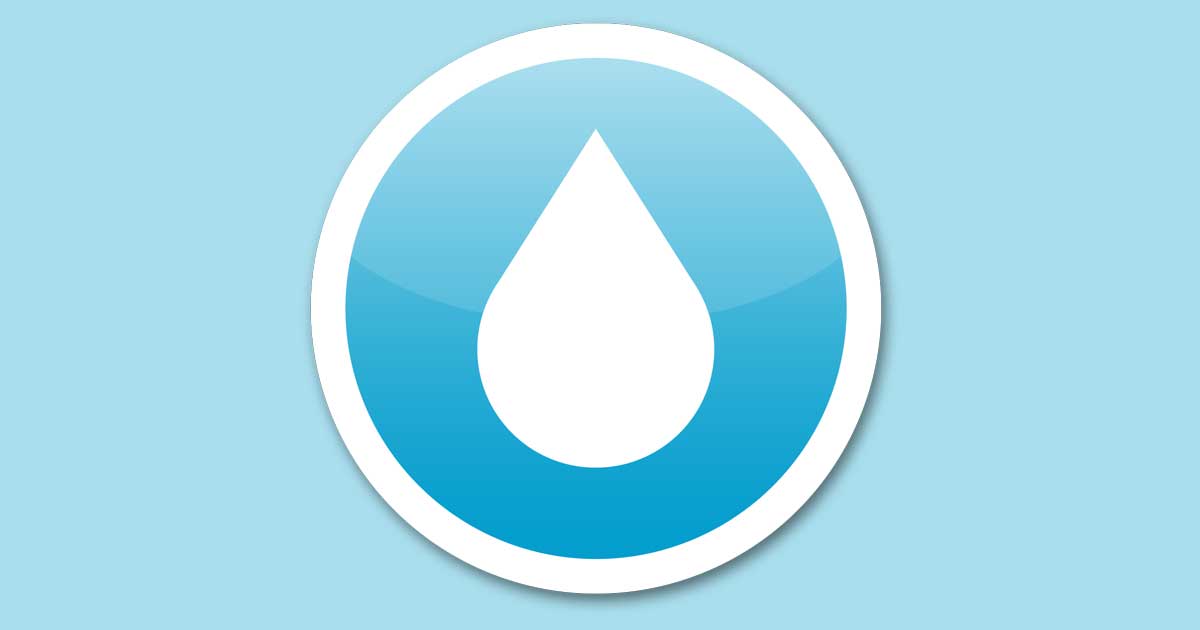METER READING FOR OLD METERS
STEP 1 Locate your meter box, generally found towards the front of a property, near the street. The box is typically in a direct line with the main outside faucet. It is housed in a concrete box usually marked "water". Remove the lid by using a tool such as a large screwdriver. Insert the tool into one of the holes and pry the lid off.
STEP 2 Once you open the meter box lid, lift the protective cap on the meter. On the face of the meter, there is a large dial and a display of numbers. For the residential meter, each rotation of the dial measures 10 gallons. Read the number display from left to right. Be sure to include the stationary zero. This is your meter reading. Meters measure water in gallons or cubic feet. Charges for the amount of water consumed are rounded to the nearest thousand gallons or hundred cubic feet used during a billing period. Compare that reading to what your bill states as your current or present reading.
STEP 3 Keep in mind that you might be checking your meter on a date different from the one used for billing. This could result in a difference in the amount you find, compared with the amount on which your bill is based. However, if your reading is considerably higher than what is on your bill, check for a leak or try to determine the source of large water use. If your reading is significantly lower than the reading on your bill, please contact us and let us assist you in determining the problem.
METER READING FOR NEW METERS
STEP 1 Locate your meter box, generally found towards the front of a property, near the street. The box is typically in a direct line with the main outside faucet. It is housed in a plastic or concrete box usually marked "water". Remove the lid by using a tool such as a large screwdriver. Insert the tool into one of the holes and pry the lid off. The new digital meters are divided into 4 sections, the three top sections show you if you are using water or have a leak. The upper left hand corner shows the gallons per minute. The middle section will have an arrow with a plus symbol. That means there is water being used. The upper right section might show a water droplet symbol which indicates a leak. The fourth section or bottom section is the gallons used.
STEP 2 Once you open the meter box lid, lift the protective cap on the meter. On the face of the meter, the bottom box is your gallons used reading, the display reads from left to right, if you look at the picture below it shows a reading of 10.0 which reads as 10 gallons. Don’t read the last 0. This is your meter reading. Meters measure water in gallons or cubic feet. Charges for the amount of water consumed are rounded to the nearest thousand gallons or hundred cubic feet used during a billing period. Compare that reading to what your bill states as your current or present reading.
STEP 3 Keep in mind that you might be checking your meter on a date different from the one used for billing. This could result in a difference in the amount you find, compared with the amount on which your bill is based. However, if your reading is considerably higher than what is on your bill, and if you see the water drop symbol is in the upper right corner check for a leak. You can always call the office and we can check the meter for you. If your reading is significantly lower than the reading on your bill, please contact us and let us assist you in determining the problem.




